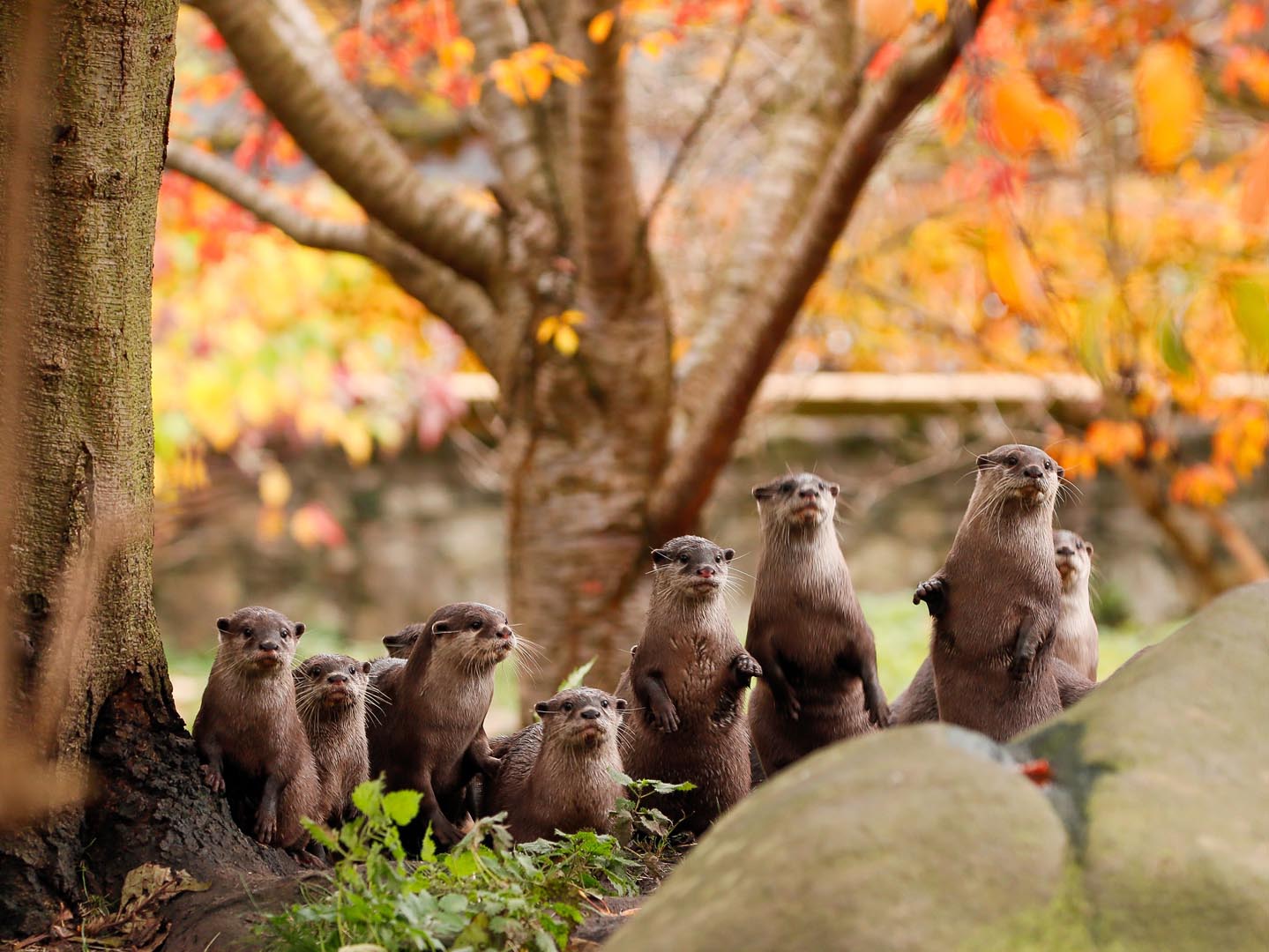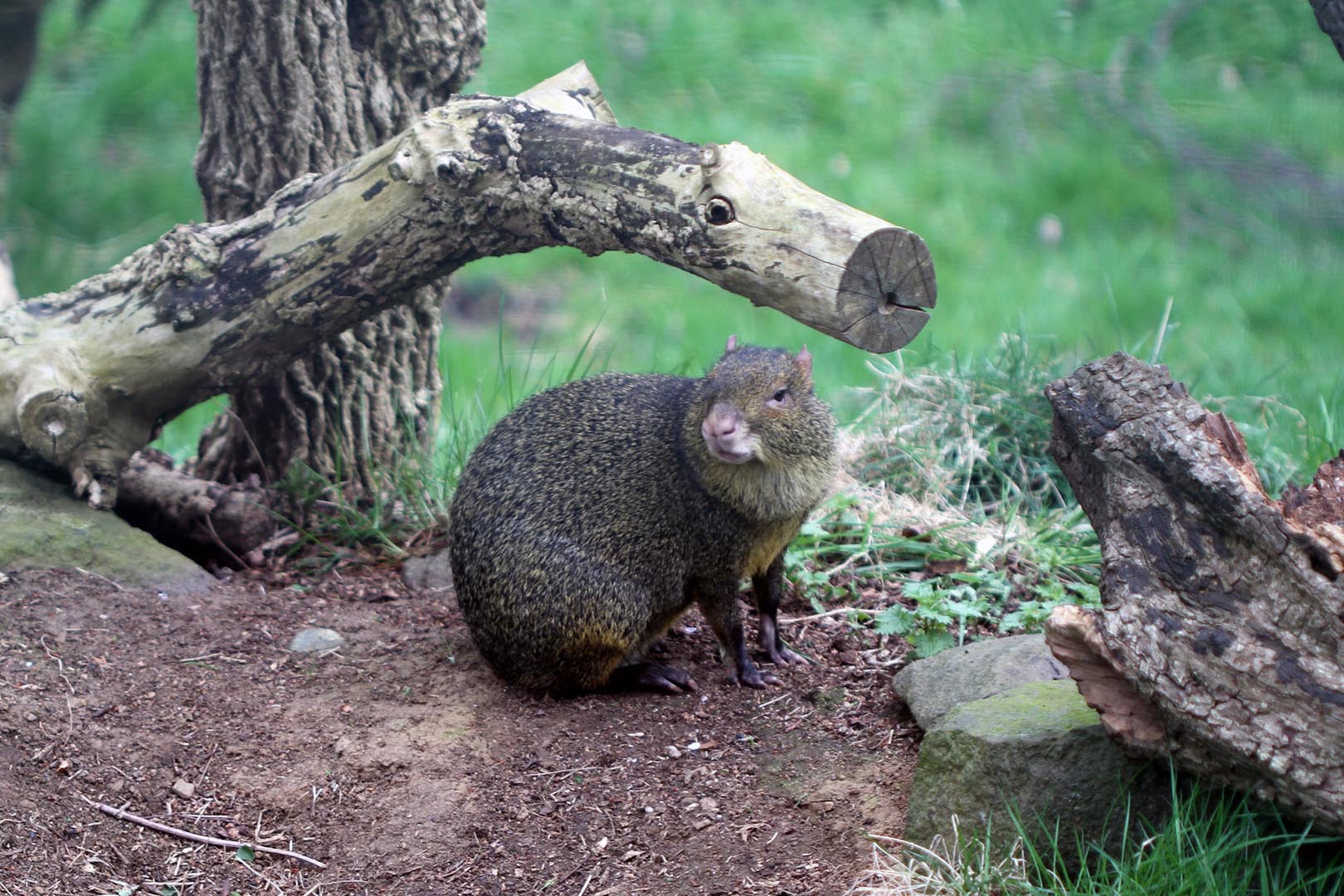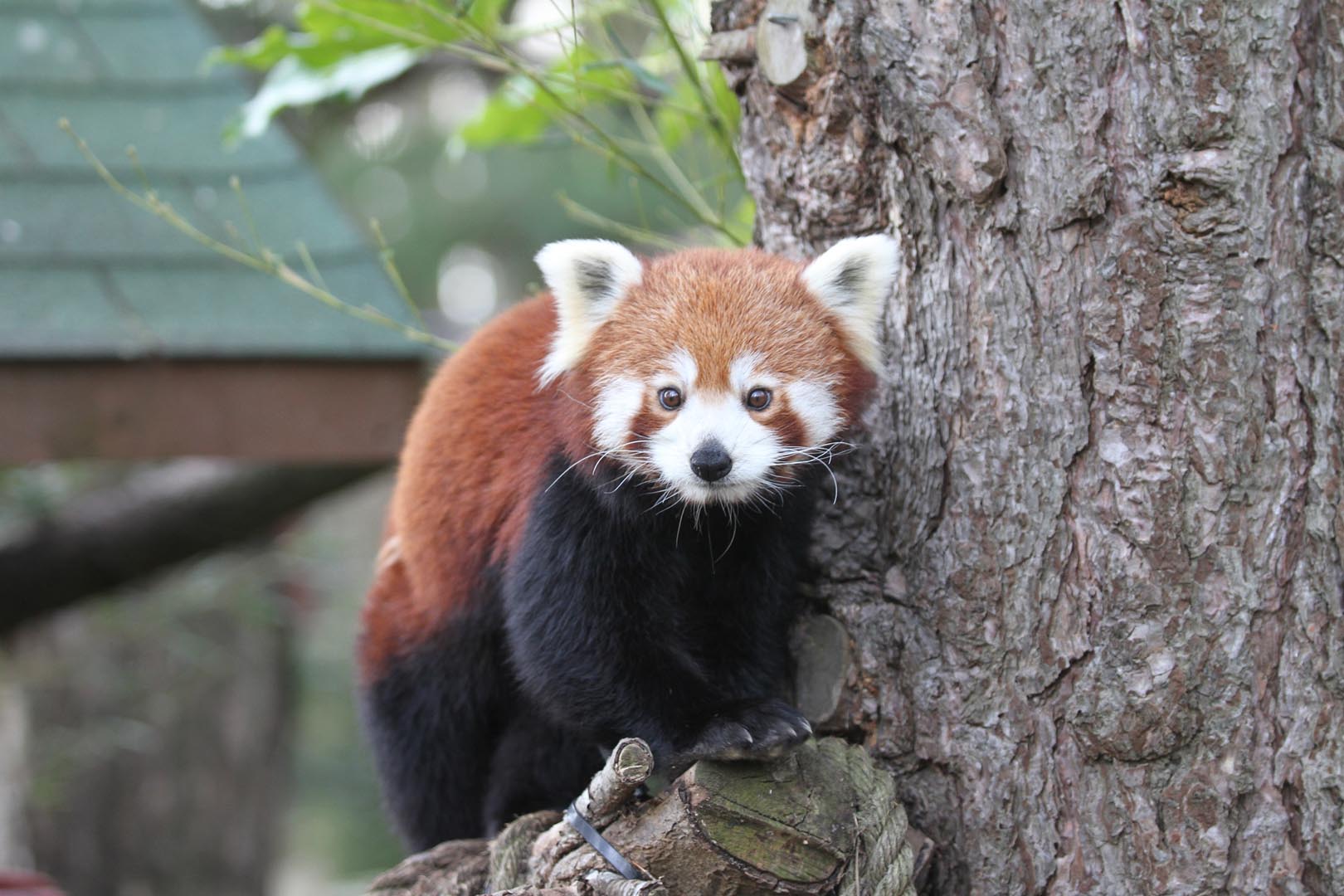Habitats at Edinburgh Zoo
Animal welfare is our top priority when designing enclosures, and our wildlife conservation charity’s expert gardens teams work to find the perfect balance between the needs of the animals, keepers and vets - as well as our visitors!
Giving our visitors the best chance of spotting our amazing species, while also ensuring our animals have private areas to spend time is vital. With hides, indoor houses and natural foliage, there are a variety of places for our residents to relax.
Enclosures also need to allow our expert keepers and vets to carry out health checks and work safely to feed the animals and keep the areas clean.
When designing habitats for the species in our care, we need to consider their natural behaviours, diet, reproductive process and adaptations – do they swim? Climb? Graze? Live alone or in pairs or a group?
Each species also has individual requirements for temperature, light and humidity, so we tailor each enclosure to replicate the natural cycles of the animal. For instance, our Nubian giraffes enjoy our warm summers in their outdoor paddock but when the colder months begin, they prefer their indoor enclosure which is kept at a warm temperature and consistent humidity.

Rivers and wetlands
Asian small-clawed otters are the smallest species of otter and unlike many others, will spend most of their time on land. They prefer to live near small streams, rivers, marshes, coastal areas and mangroves.
Their enclosure at Edinburgh Zoo reflects this with a flowing stream from the top pool all the way down to a bottom, larger pool. They also have plenty of vegetation providing not only shade but material they can use to build dens. Mimicking the way they would feed in the wild, our keepers often feed the otters from their top pool so that they can dive for the food and take it away to eat on land.
Grasslands
Our meerkats have an outdoor enclosure that is south facing, providing them with an abundance of warm sunlight and an indoor enclosure, if they want a bit more warmth in the winter months, as well as private spaces they can choose to use.
One of the things meerkats are famous for is burrowing, so at Edinburgh Zoo they have deep sand that they can often be seen digging into to create a system of tunnels and burrows. Their outdoor area also includes logs and tree trunks to climb, natural vegetation to provide shade and cover and lots of room to run about.
.jpg)

Rainforest
Azara’s agouti are native to the rainforests of Central and South America. They will take refuge in hollow stumps and tree trunks to rest out of the way of predators, such as jaguars and ocelots. At the zoo we have replicated this by offering lots of small and large logs for the agouti to relax in.
As well as the many trees in the enclosure, our gardens team provides the species with extra branches and foliage to give them an added layer of protection from the sun and to burrow under in the summer months.
Forest and woodland
Red pandas live in high-altitude, temperate forests with bamboo understories in the Himalayas and other high mountains.
Our red pandas have many tall trees to climb, so when visiting make sure you look up! They can often be found high in the canopies, fast asleep. Their red/brown colouring is actually an adaptation that allows them to blend into their favourite trees, such as firs.
The species needs bamboo to be happy, so our gardens team grow bamboo here at the zoo to give Bruce, Ginger and Kevyn the freshest, tastiest meals.


